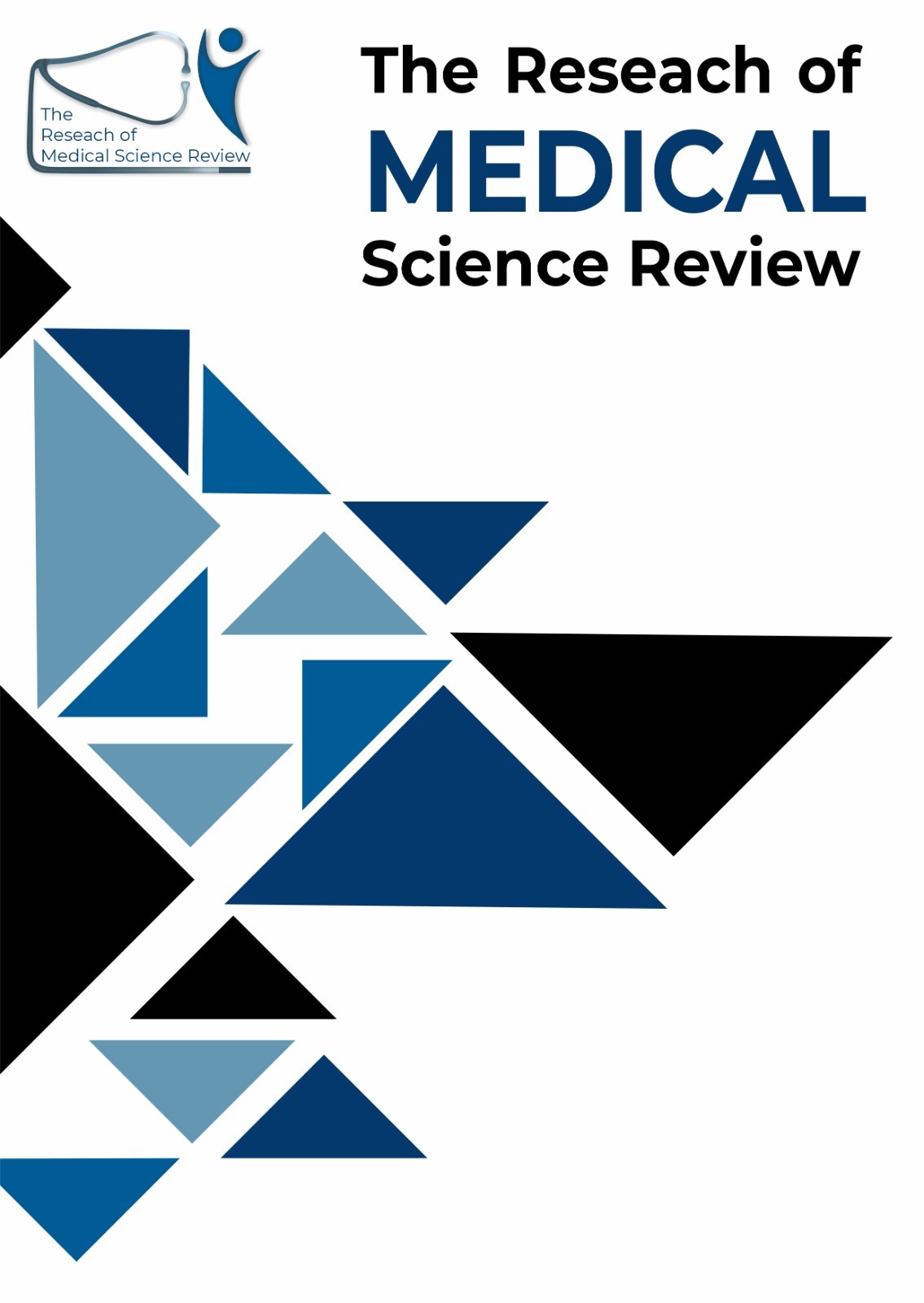OUTCOMES OF TRANSURETHRAL RESECTION OF PROSTATE IN NON-CATHETERIZED PATIENT
Main Article Content
Abstract
BACKGROUND
Benign prostatic hyperplasia (BPH) is a common age-related condition causing lower urinary tract symptoms (LUTS) which negatively impact quality of life in men >50 years of age. The gold standard for the treatment of men with moderate to severe BPH remains transurethral resection of the prostate (TURP)). Complications related to preoperative catheterization are common, and they may adversely impact surgical outcomes. This study was designed to assess the outcomes of transurethral resection of prostate in patients with benign prostate hyperplasia having no history of pre-operative catheterization.
METHODOLOGY
This descriptive, cross-sectional study was conducted at SIUT Karachi and evaluated outcomes of transurethral resection of the prostate (TURP) in benign prostatic hyperplasia (BPH) patients, aged ≥ 50years involving a total of 100 patients. Benign prostatic hyperplasia (BPH) diagnosed by ultrasound (prostate volume >30 mL) was evaluated before and after TURP (International Prostate Symptom Score (IPSS) and uroflowmetry (Qmax)). Postoperative complications such as UTI, incontinence, and strictures were noted. The SPSS version 26.0 was used to assess the statistical findings.
RESULTS
Among 100 non-catheterized BPH patients (mean age 63.8 ± 4.8 years) undergoing TURP significant improvements were noted. The IPSS decreased from 24.46 ± 4.50 to 10.70 ± 2.36 and Qmax increased from 7.48 ± 1.53 mL/s to 14.87 ± 3.22 mL/s (p = 0.0001). Notably, there was significant reduction in postoperative complications such as UTI (18% to 13%) and incontinence (31% to 12%).
CONCLUSION
This study, shows that TURP is an effective treatment for (non-catheterized) benign prostatic hyperplasia, leading to clinically significant reductions in IPSS and substantial increases in Qmax at the same time. Complications during the postoperative period like UTI and urinary incontinence were significantly lower. The findings support TURP's is a reliable treatment for enhancing the quality of life in this already compromised cohort of patients.
Downloads
Article Details
Section

This work is licensed under a Creative Commons Attribution-NonCommercial-NoDerivatives 4.0 International License.
